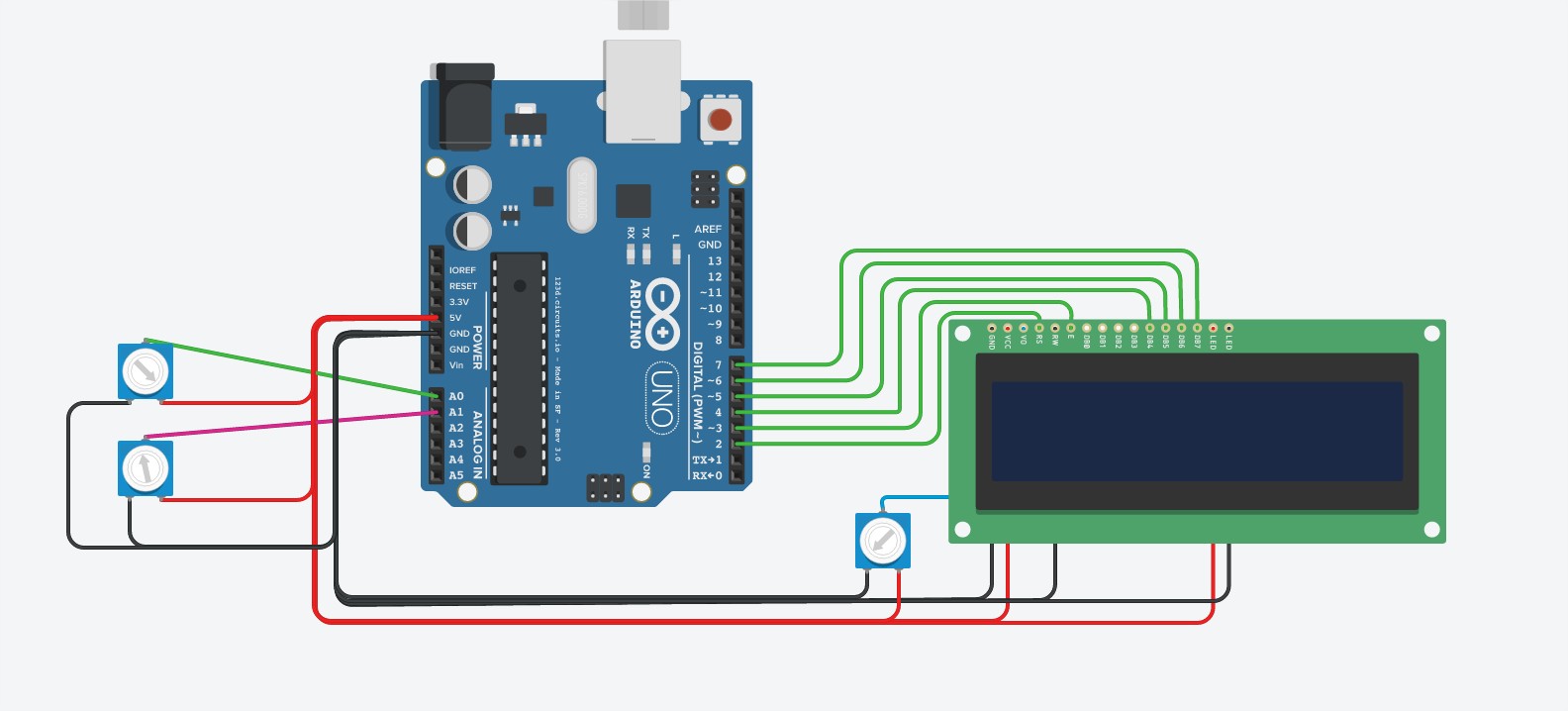
You can also have many (up to 16) timers to use. Being ISR-based timers, their executions are not blocked by bad-behaving functions / tasks, such as connecting to WiFi, Internet and Blynk services.
Arduino millis timer interrupt software#
The ISR_Timer_Complex example will demonstrate the nearly perfect accuracy compared to software timers by printing the actual elapsed millisecs of each type of timers. These important features are absolutely necessary for mission-critical tasks.Therefore, their executions are not blocked by bad-behaving functions / tasks. The most important feature is they’re ISR-based timer.

The accuracy is nearly perfect compared to software timers.The maximum interval is practically unlimited (limited only by unsigned long miliseconds).New important release v1.0.2 of this ESP8266TimerInterrupt library This way important tasks can avoid being blocked by connecting tasks. Add examples to integrate with Blynk, where ISR + Hardware Timer Interrupt are used to process input / output.Fix compatibility issue causing compiler error while using pre-1.8.10-Arduino-IDEs and/or pre-2.6.0-ESP8266-cores.I’m also thinking about using some kind of preemptive RTOS (possibly FreeRTOS) to integrate with Blynk.
Arduino millis timer interrupt how to#
I plan to implement next project to add more examples to show how to integrate there hardware timer interrupts into so-called mission-critical projects using Blynk as only GUI. The timer1 counters can be configured to support automatic reload. Using 256 prescaler, maximum timer1 interval is only 26.843542 seconds !!! So the timer1 maximum interval is very short. The timer1's 23-bit counter terribly can count only up to 8,388,607. The ESP8266 has two hardware timers, but timer0 has been used for WiFi and it's not advisable to use. The ESP8266 timers are badly designed, using only 23-bit counter along with maximum 256 prescaler. Hope it will be somehow useful for Blynkers.įrom README.md # More useful Information For example, certain function is blocking while it's connecting to WiFi or some services. That's necessary if you need to measure some data requiring better accuracy.įunctions using normal software timers, relying on loop() and calling millis(), won't work if the loop() or setup() is blocked by certain operation. Moreover, they are much more precise (certainly depending on clock frequency accuracy) than other software timers using millis() or micros(). These hardware timers, using interrupt, still work even if other functions are blocking.

The correct choice is to use a Hardware Timer with Interrupt to call your function. You'd prefer to have your function called, no matter what happening with other functions (busy loop, bug, etc.).

So your function might not be executed, and the result would be disastrous. But what if another function is blocking the loop() or setup(). You normally use a software timer to poll, or even place the function in loop(). Imagine you have a system with a mission-critical function, measuring water level and control the sump pump or doing something much more important. Now supporting complex object pointer-type argument.įeatures: Why do we need this Hardware Timer Interrupt?


 0 kommentar(er)
0 kommentar(er)
